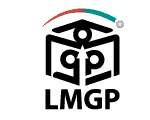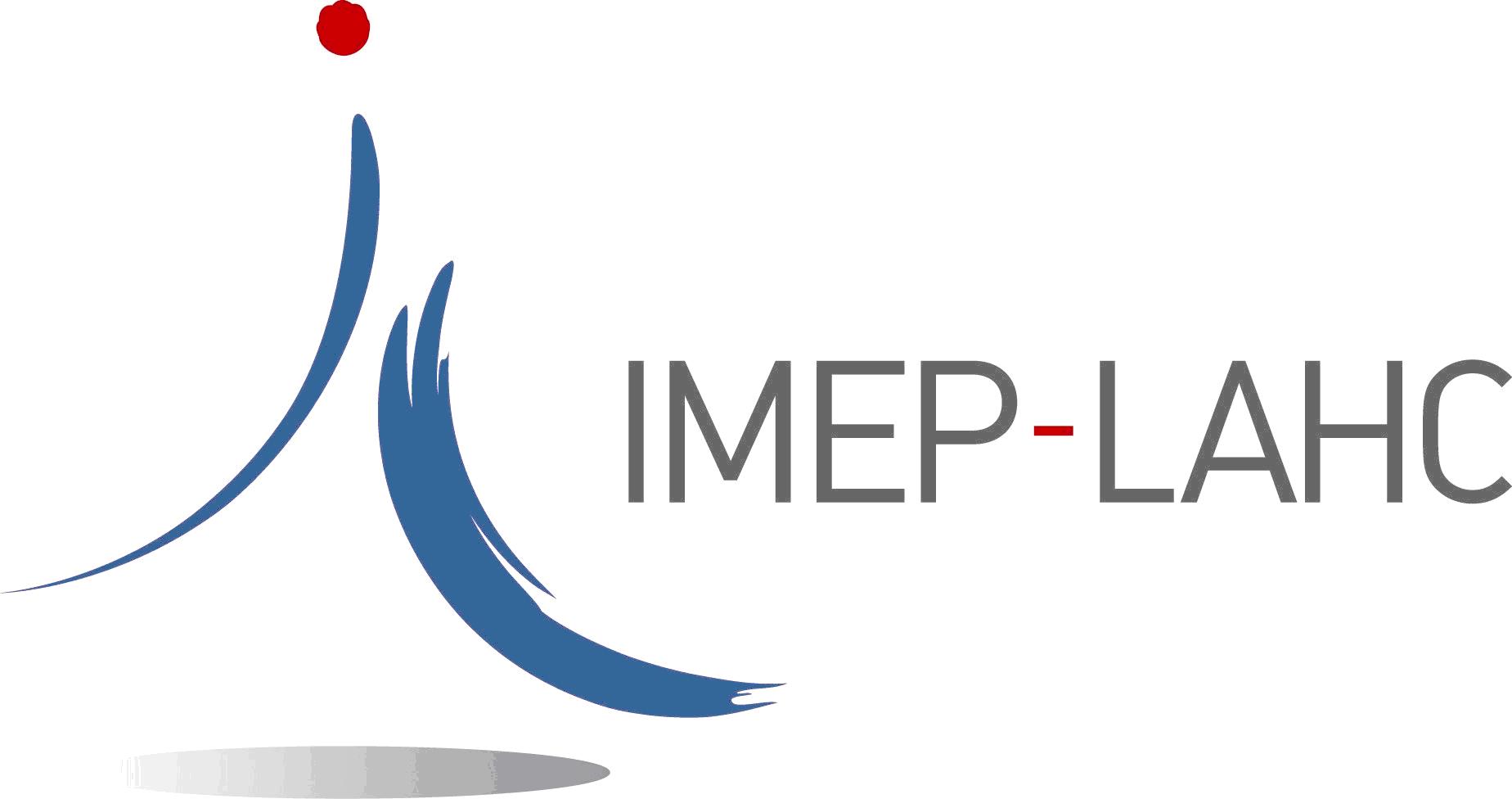Étude de l’absorption des protéines par des surfaces avec un capteur en photonique intégrée
Publié le : 16 octobre 2023
MASTER 2 THESIS /PFE
(5 à 6 MOIS)
Étude de l’absorption des protéines par des surfaces avec un capteur en photonique intégrée
The adsorption of proteins on surfaces plays an important role in the biomedical field [1]. For diagnostics, the control of the adsorption of immobilized capture antibodies is crucial for accurate immuno-assays. Because of their tendency to adsorb onto surfaces, therapeutic proteins can be inactivated and lost during their manufacturing, storage and administration to the patient.
Understanding the adsorption process of matrix and bioactive proteins is essential to control the adhesion and the growth of cells for tissue engineering.
To investigate the interactions of proteins with surfaces, several label-free methods like surface plasmon resonance, quartz crystal microbalance with dissipation can be used [1]. A regularly used to study the kinetics of protein binding is called bio-layer interferometry.
In this case, light is shone through the layer of biomolecules to be studied. Reflections take place at each interface and therefore it is possible to observe an interference that can be constructive or destructive, depending on several factors: the wavelength, the thickness of the layer and its refractive index.
Acquiring an interferogram in a range of wavelengths thus allows to characterize the layer in a fast and reliable way. It therefore responds to any change of the layer almost in real time, constituting a powerful analysis tool for the dynamics of the bio-layer.
The IMEP-LaHC laboratory has a long experience in integrated photonics. Complete fabricatiion and characterization tools for optical integrated circuits on glass substrates are available, including clean room facilities [2].
The goal of this internship is to fabricate and characterize an integrated photonic sensor able to perform bio-layer interferometry on a glass substrates via a resonant approach thanks to an interferometer such as a Mach-Zehnder structure.
To fulfill the objective of performing bio-layer interferometry on a fully integrated sensor, the student will have to:
- Become acquainted with the subject through detailed bibliographic research on the working principle of the sensor and the modeling of bio-layers.
- Study theoretically the behavior of the device with semi-analytic modeling and state-of-the art software tools.
- Fabricate devices with clean room micro-fabrication processes and with the ion-exchange facilities available at the IMEP-LaHC.
- At the LMGP, functionalize the fabricated sensor to obtain hydrophilic or hydrophobic surfaces and deposit the proteins.
- Characterize the optical response of the sensor and correlate it with the theore+cal models.
Advisors:
Charlotte VENDRELY charlotte.vendrely@grenoble-inp.fr +33 (0) 56 52 93 58
Davide BUCCI davide.bucci@phelma.grenoble-inp.fr +33 (0)4 56 52 95 39
[1] Migliorini, E., Weidenhaupt, M., Picart, C. (2018) PracPcal guide to characterize biomolecules adsorpPon on solid surfaces. Biointerphases 13, 06D303.
[2] Allenet, T., Geoffray, F., Bucci, D., Canto, F., Moisy, P., & Broquin, J. E. (2019). Microsensing of plutonium with a glass optofluidic device. OpPcal Engineering, 58(6), 060502



 Contactez-nous
Contactez-nous Plan d’accès
Plan d’accès











